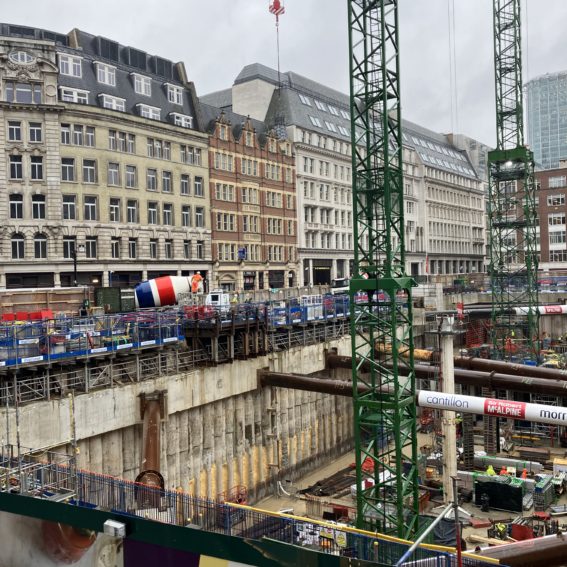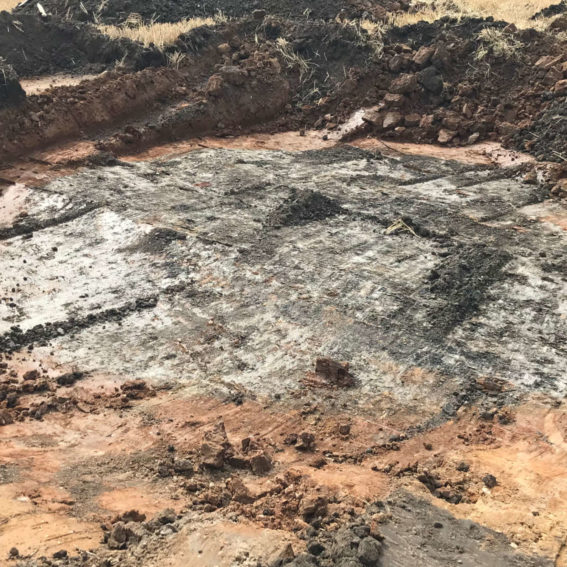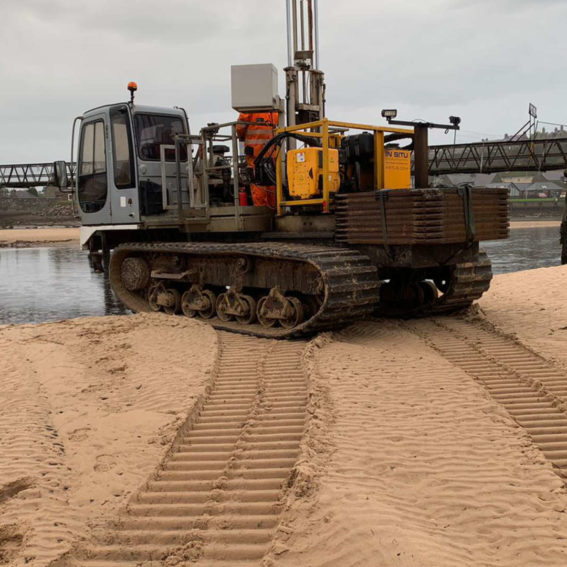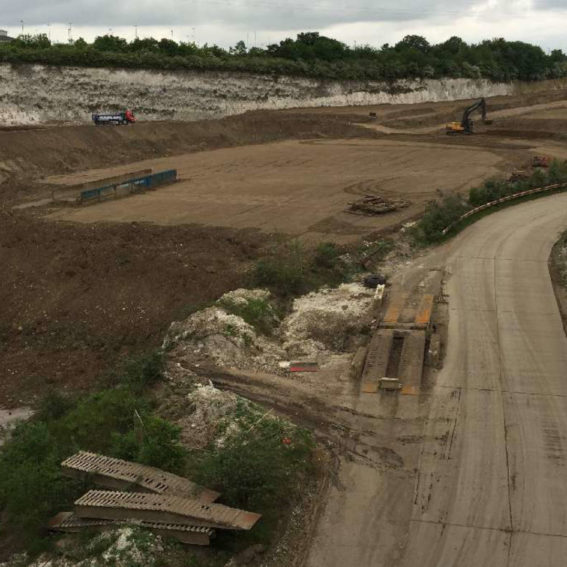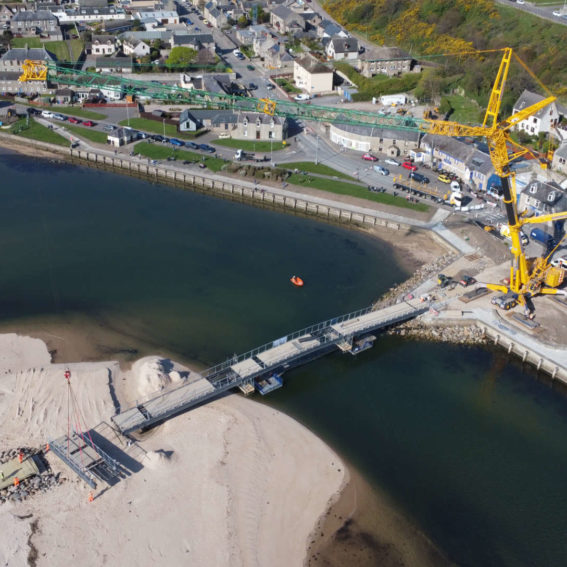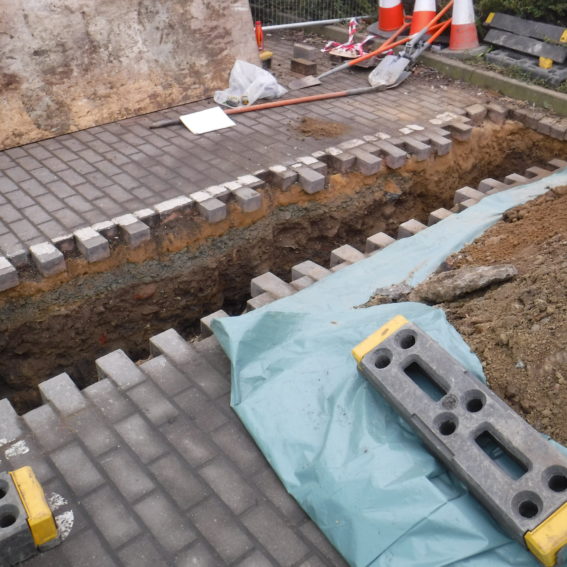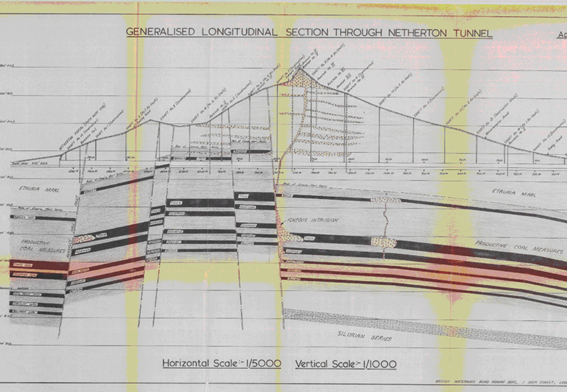
Contact Us
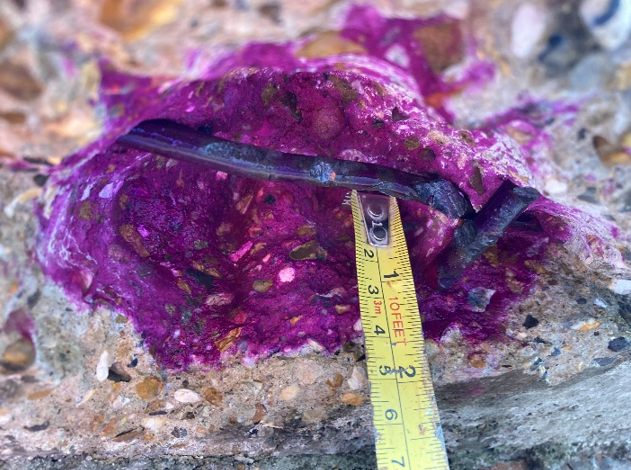
Buried Concrete Attack Test
Buried concrete can be attacked by chemicals within the soil. This can lead to a reduction in strength and a shortened lifespan of the asset. It is therefore important to determine the aggressiveness of the ground so that the concrete mix to be designed appropriately.
Much of the UK is underlain by soils that contain sulphates or sulphides (e.g. pyrite) that can oxidise to become sulphates. It is principally these substances that cause the chemical attack on buried concrete. Other substances also attack the concrete including chloride and magnesium.
We undertake a holistic assessment of a site to characterise the aggressiveness of the ground. This allows a safe design to be undertaken without being overly conservative.
Initially, we review geological maps to determine the likelihood of encountering soils containing pyrites. We also review historical maps to determine if the site has been used for industrial purposes in the past and is, therefore, a ‘brownfield’ site.
Following the initial review we undertake a ground investigation which includes sampling of the soil and laboratory testing. We analyse the results to determine a Design Sulphate Class and an ACEC (Aggressive Chemical Environment for Concrete) Class. This then allows the foundation designer to specify the correct concrete mix with additional protection measures where appropriate.
What Our Clients Say
"Soiltechnics have provided a range of soil reports, ground investigation surveys, remediation strategies and verification reports for parks and open space improvement projects in Southwark. They have also provided clear and concise expert advise on ground/soil related issues which have occurred during construction phase. Soiltechnics are a valued, reliable consultant we will continue to approach for similar schemes."
Matthew Hill, Project Manager – Southwark Council
"Having worked with Soiltechnics for almost ten years, they are considered a trusted member of our supply chain. Soiltechnics completed a robust selection process which highlighted their ability to perform with the utmost professionalism in regards to customer service, value for money and site safety. It is trusted consultants like Soiltechnics who we can depend on in our pursuit to provide the perfect product for our customers.”
Gavin Williams, Senior Pre Construction Surveyor – Willmott Dixon Construction Ltd
“Fabric Surveys were excellent from day one. The team on site were professional, knowledgeable, pro-active, and extremely efficient. The information was collated very quickly, and a high-quality report was issued much to the satisfaction of our client.”
Adrian Kennedy, Contracts Manager – Deconstruckt UK


